Fishermen have argued for ages about the best times to cast their lines. Sunsets, sunrises, calm days – everyone has their favorites. But there’s one factor that gets surprisingly mystical – the moon. Legends are prolific about full moon fishing, with some swearing it’s prime time and others avoiding it like a bad omen.
Is there any truth to the moonlight madness? Dive in with us as we explore the science (and maybe some mythology) behind fishing with a full moon, and whether it makes a difference in your catch.
What Are Moon Phrases?
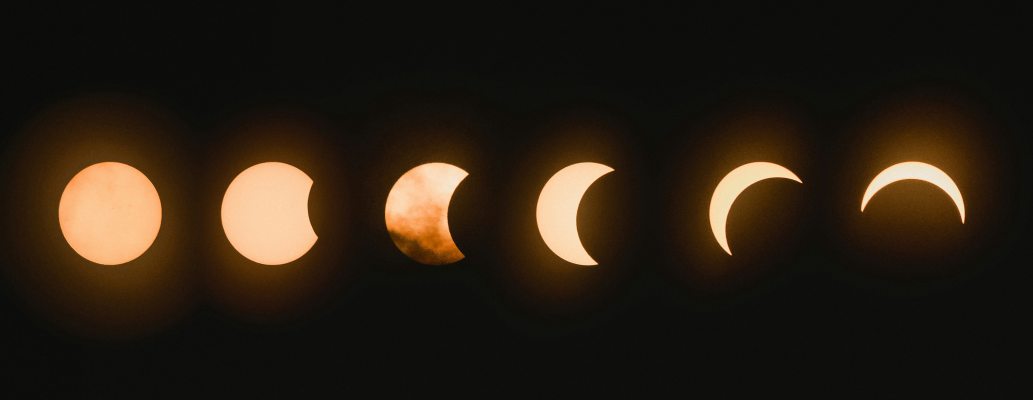
Moon Phases refer to the different shapes of the visible part of the moon from Earth.
The main phases include:
New Moon: The moon is invisible from Earth, hidden in the Sun’s glare.
Waxing Crescent: A thin crescent moon appears in the western sky after sunset.
First Quarter: The moon appears half-lit, visible in the evening sky.
Waxing Gibbous: The moon appears more than half full, but not quite round.
Full Moon: The moon is completely illuminated, and visible all night.
Waning Gibbous: The moon appears more than half full, but shrinking in size.
Third Quarter: The moon is half-lit again, but visible in the morning sky.
Waning Crescent: A thin crescent moon appears in the eastern sky before sunrise.
The Truth Behind Full Moon Fishing
The link between moon phases and fish behavior is a complex and debated topic. Here’s what we know:
Tides: The moon’s gravitational pull affects tides, especially in saltwater environments. Stronger tides can stir up baitfish, leading to increased feeding activity in some fish species.
Light: A full moon provides more light at night. While this might make some fish more cautious, it could also attract baitfish to the surface, drawing predators in for a meal.
Does Moon Phase Affect Fishing?
The jury’s still out on a definitive connection. Some studies suggest fish-feeding activity might increase during full and new moons, while others show little correlation. Factors like water clarity, weather conditions, and bait availability likely play a bigger role in fishing success.
Generally, there’s no clear best or worst moon phase for fishing.
However, some anglers believe:
- Full moon: Good for nighttime fishing, especially for nocturnal fish (catfish, some baitfish) that might be more active due to the increased light. The extra light can also make it easier for anglers to see their lures and baits at night.
- New moon: Might be better for daytime fishing, as some fish that are more active in low-light conditions (walleye, some trout) might be more likely to feed during the day when less sunlight penetrates the water.
- Waxing and waning crescent moons: These phases offer a balance between light and dark, and some anglers believe they can be good all-around times to fish, depending on the targeted species.
Is Fishing Better With a Full Moon?
The effect of the moon on fishing is a debated topic. Some theories support a connection, but scientific evidence is inconclusive.
Here’s a breakdown:
Theories of Moon Phrase for Fishing
- Tides and Feeding: Full moons bring higher tides due to stronger gravitational pull. This can stir up baitfish and trigger feeding activity in some fish species, especially those that hunt by following prey movement.
- Light Levels: Some believe the extra moonlight during a full moon affects fish behavior. It might make them more active at night, though this is unlikely to have a major impact in deeper waters.
Why Prefer Fishing on Full Moons:
- Feeding Activity: As mentioned above, the tidal movements and potential increase in prey activity during full moons can be attractive to fish looking for a meal.
- Shallow Water Focus: Full moons might be better for shallow water fishing where the moonlight can penetrate and potentially affect prey visibility for fish.
What Fishes to Catch In Full Moons:
The success of full moon fishing can vary depending on location and fish species. Some fish that might see increased activity during full moons include:
- Tarpon (during summer months)
- Speckled trout (a few days before and after the full moon)
- Flatfish (in shallow waters)

Full Moon Fishing Techniques
Here are some tips and techniques to consider for full-moon fishing:
Location and Timing
During a full moon, moonlight can penetrate shallower waters more effectively, potentially affecting prey visibility for fish. Target areas like flats, shorelines, bays, or other structures close to the surface where baitfish might be pushed by tides.
Experiment with different timings during the full moon period. Some anglers find success right before nightfall as light levels decrease and fish become more active, while others prefer late-night fishing when the moon is high and casting a bright glow
Lure Selection
Observe or research what baitfish are prevalent in your target area during full moon periods. This can vary depending on location and season.
For example, in summer months, minnows, shrimp, and bait fish fry might be abundant. Choose fishing lures that imitate these prey items’ size, color, and action. If baitfish are small and darting erratically, a small, silver jig or jerkbait might be appropriate.
If larger baitfish are present, try a suspending minnow bait or a swimbait with a slow, wounded retrieve.
Some anglers believe fish might be more cautious under the bright light of a full moon. Experiment with lures that have darker colors, like black, blue, or purple. Lures with a matte finish might also cast less silhouette compared to shiny ones.
An interesting tactic for full moon fishing is to try lures with bioluminescent features. These lures incorporate materials that glow in the dark, mimicking the natural bioluminescence of some baitfish.
While the effectiveness can vary, they can add an extra bit of attraction, especially during low-light conditions or when clouds obscure the moon.
Focus on Movement
Since fish might be more reactive under the full moon, lures with erratic actions or slow retrieves that mimic injured baitfish can be effective. Jerkbaits with a twitching presentation or crankbaits with a wobbling retrieve can be good options. For bait fishermen, slow dragging or twitching live bait near likely ambush points can also be productive.
Stay Stealthy
The extra light might make fish more wary. Approach your fishing spot quietly and avoid using bright lights directly on the water. Use headlamps with red filters if needed and make casts from a distance if possible. If wading, wear dark clothing and avoid splashing around in the shallows.
What Is The Best Time For Fishing Lunar Calendar?
When it comes to the best fishing time according to the Lunar calendar, there are two main schools of thought:
Prime Periods: These calendars often focus on the time between a new moon and a full moon, proposing that this is generally the best window for fishing success.
Major and Minor Feeding Times: These calendars consider the moon’s position relative to the earth and sun, indicating specific times throughout the day (often coinciding with sunrise and sunset) that might have increased fish activity.
It’s important to remember that these are predictions, and several factors can influence fish behavior more significantly than the moon phase. Here’s a reality check:
- Limited Scientific Evidence: While some studies suggest a correlation between moon phases and fish activity, conclusive scientific proof is lacking.
- Weather and Water Conditions: Water clarity, temperature, currents, and weather patterns like wind and barometric pressure often play a much bigger role in fish behavior than the moon phase.
How To Use The Fishing Lunar Calendar?
Think of it as a Suggestion: While not a guaranteed method, a fishing lunar calendar can provide a starting point for planning your trip. If it coincides with a period of good weather and stable water conditions, your odds of success might be higher.
Focus on Major and Minor Feeding Times: Pay attention to these timings, particularly if they align with sunrise or sunset when fish tend to be more active.
Combine it with Other Factors: Always consider weather forecasts, water conditions, and target fish species when planning your fishing trip. Local knowledge and advice from experienced anglers in your area can also be invaluable.
Here are some resources to find fishing lunar calendars:
- Fishing Magazines and Websites: Many outdoor publications or websites are dedicated to providing lunar calendars for fishing.
- Fishing Apps: Mobile apps with fishing tools often include lunar calendars.
- Almanacs: Traditional almanacs, like the Old Farmer’s Almanac, might include fishing forecasts based on lunar phases.
Conclusion
The significance of the moon phase on successful fishing is in doubt. Although some views argue that the tides and the fish movements are related, science is still not definitive. Weather conditions and water conditions may have more of an impact.
Moon calendars in case of fishing may be a place to begin, however, take into account climate factors and the specimens you’re trying to catch in the end.
Perform tests at the hours of a full moon and focus on shallow water possibilities as well as nighttime fishing. owing to some fish that might be more careful at such a time, you may need to change your tactics.


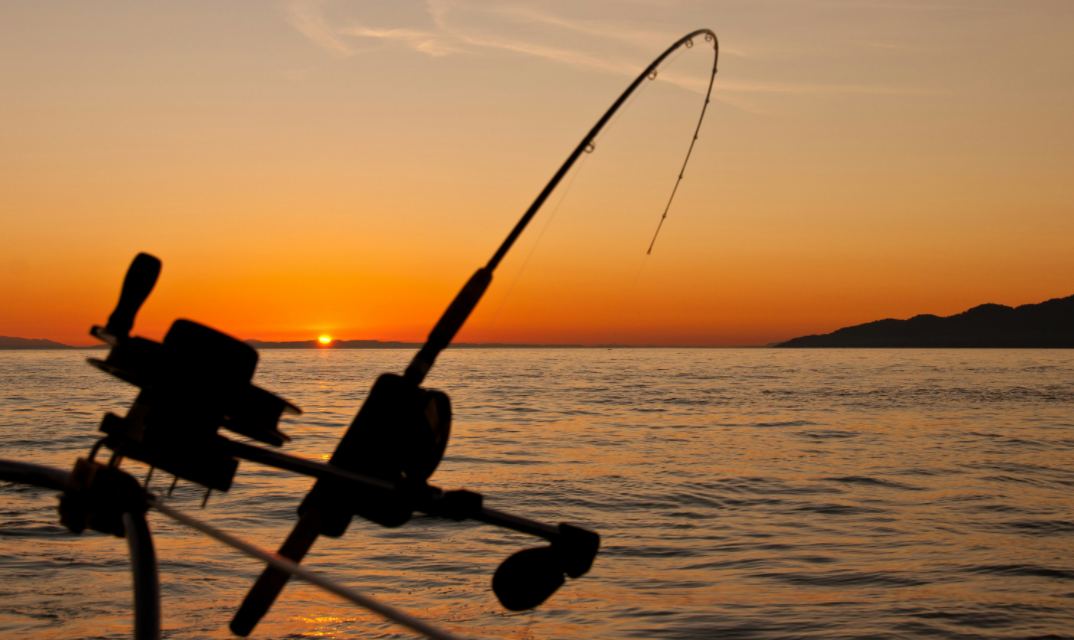




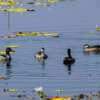


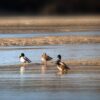

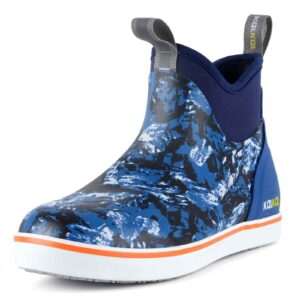
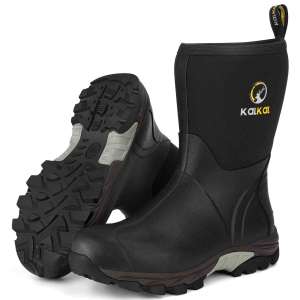






Leave a reply